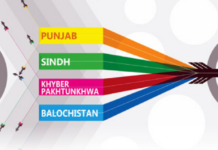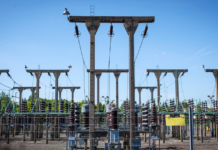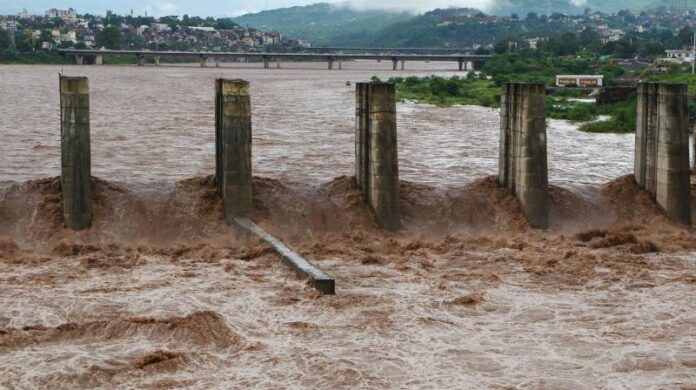ISLAMABAD — The Ministry of Energy (Power Division) reported substantial progress in restoring electricity supply to flood-affected regions, with dozens of feeders and several grid stations already re-energized. Full restoration is expected in the coming days, as distribution companies (DISCOs) work around the clock to bring power back to millions of households impacted by severe flooding in Punjab and Khyber Pakhtunkhwa.
According to the latest update, various districts under Faisalabad Electric Supply Company (FESCO), Gujranwala Electric Power Company (GEPCO), Lahore Electric Supply Company (LESCO), Multan Electric Power Company (MEPCO), Peshawar Electric Supply Company (PESCO), and Tribal Electric Supply Company (TESCO) had experienced extensive outages earlier in the week due to flooding. However, most feeders have now been re-energized, while others await the recession of floodwaters.
FESCO reported that 30 feeders were affected, including several in Chiniot, Jhang, Sargodha, and Mianwali. Many of these feeders have been temporarily restored, with complete recovery expected by late Thursday. GEPCO also made significant progress, with 42 feeders fully restored and additional work expected later Thursday.
In LESCO’s jurisdiction, some areas, including Lahore and Kasur, are still partially restored, while in MEPCO, 50 feeders in southern Punjab remain affected, with restoration contingent on receding floodwaters.
PESCO faced the worst disruption, with 12 grid stations and 91 feeders offline in Khyber Pakhtunkhwa. Efforts have been made to restore power across the affected areas, and 71 feeders have been fully restored, with the remaining work expected in the coming days.
TESCO reported minimal disruptions with two feeders in North Waziristan, both of which have been restored.
The Power Division emphasized that the pace of restoration heavily depends on how quickly floodwaters subside, particularly in low-lying areas where infrastructure remains submerged. Despite significant progress, rural and hard-to-reach areas remain vulnerable to prolonged outages.
Electricity restoration following natural disasters has historically been a challenge in Pakistan, with outdated infrastructure and climate-related risks contributing to significant power outages. While improvements have been made in response times, officials stressed that the coming days remain critical in ensuring full restoration.
The government has assured the public that every effort is being made to restore power, highlighting the importance of electricity for essential services such as water pumping, healthcare facilities, and communication in flood-affected regions.























